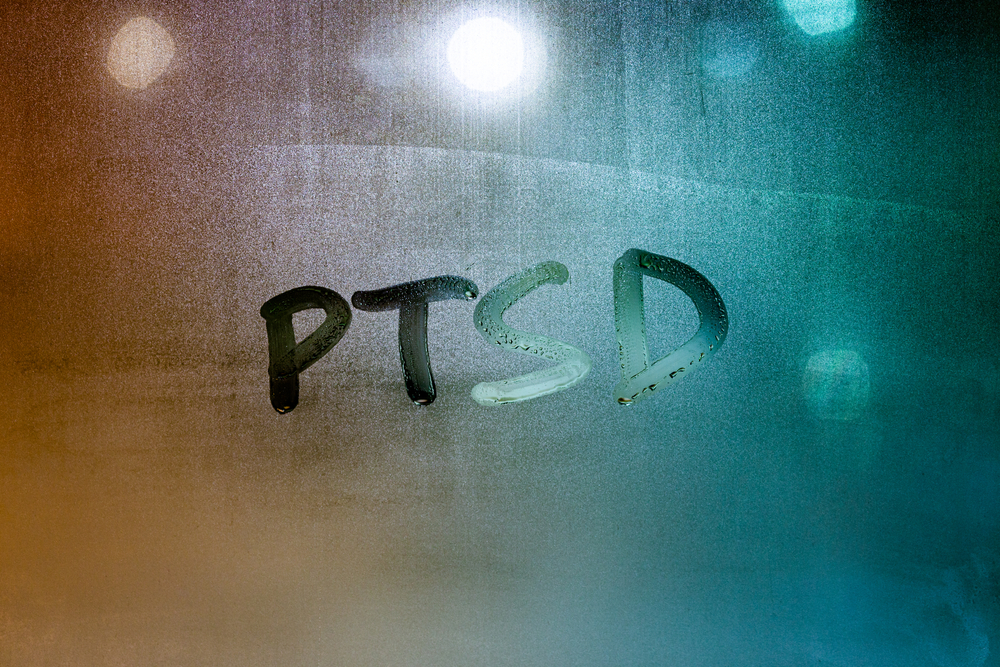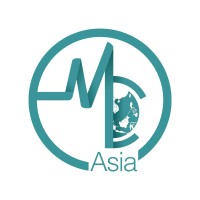A study found that about one third of the adults in Hong Kong disclosed post-traumatic stress disorder (PTSD) symptoms in the course of the frequently-violent pro-democracy protests. The authors of the study have since then advised officials to better the mental health provision of the city.
PTSD is an anxiety disorder that can occur in people that have experienced or witnessed traumatic events. These events are often life-threatening, taking the form of natural disasters, serious accidents, terrorist attacks, war, rape, or threats of death, sexual violence, and serious injury. Experiencing trauma will naturally have an impact on your life and the symptoms can appear right after the episode or a few years later. Presently, PTSD has been characterised into five subcategories.
Subcategories of PTSD
Normal Stress Response
This is a mild form of the disorder and usually affects the individual transiently. Once the stressor has come to pass, the body returns to the pre-arousal state. The effects are short-term and do not disrupt daily activities. Normal stress response PTSD typically affects the nervous, endocrine, and immune systems, preparing the body either for a fight or flight response to ensue.
Triggers for this type of PTSD include accidents, illnesses, injuries, and high amounts of stress and tension. This mild form of PTSD is easily remedied with support from loved ones, venting, or having a chat with someone. Psychotherapy or group therapy can also be beneficial.
Comorbid PTSD
This term may be applied when the individual is suffering from more than one mental health condition. Approximately 80% of PTSD patients experience their disorder with depression, alcohol/substance abuse, or other anxiety disorders. A good way to approach this type is to manage the symptoms of both the PTSD and other mental health disorder.
Acute Stress Disorder
Acute stress disorder is characterised by a strong, distressing, and dysfunctional response often promptly following an overwhelmingly traumatic event. The response should not last longer than a month. Individuals with this type may forget things unnaturally and frequently, which can disrupt everyday activities that include work, sleep and eating habits. This disorder is the least common of the five types.
It may be triggered when the individual suddenly experiences a heavy burden, such as losing a loved one too soon or experiencing a natural disaster such as a hurricane, earthquake, or tornado, causing them to lose their home. When seeking treatment for acute stress disorder, consider cognitive behaviour therapy, mindfulness techniques, and medications. Furthermore, the individual should try to move away from the triggering event.
Uncomplicated PTSD
It may share similar symptoms with the other PTSDs, but the distinguishing factor is that it does not occur with other mental health conditions like depression. In this type of PTSD, individuals experience their traumatic event repeatedly, often accompanied by nightmares and flashbacks associated with the trauma, irascibility, mood changes, or changes in relationships. This may discourage them from encountering similar situations associated with it. For example, rape victims may experience this type of PTSD, where they avoid the opposite sex, relationship building and intimate acts altogether.
Fortunately, this subtype is the easiest to treat and usually responds very well to therapy, medication, or a blend of both.
Complex PTSD, or Disorder of Extreme Stress
In contrast to uncomplicated PTSD, complex PTSD is caused by multiple traumatic events rather than a single one. It often manifests in victims of abuse, domestic violence, recurring exposure to war or violence in the community, or sudden loss. The symptoms also parallel uncomplicated PTSD but are experienced more intensely by the individual. Complex PTSD may even present itself with borderline or antisocial personality disorder or dissociative disorders.
Without treatment, people with this type of behaviour can run into several problems like eating disorders and drug abuse. They are also at risk of self-destructive tendencies such as impulsivity, aggression, substance abuse or sexual impulsivity. Their moods can exist at extreme ends, ranging from intense rage to depression and panic.
Treatment for complex PTSD should include a combination of psychotherapy, eye movement desensitization and reprocessing, and medication.
(P.S. Read up on other mental health topics on Medical Channel Asia: Bipolar Disorder, Social Anxiety Disorder)












